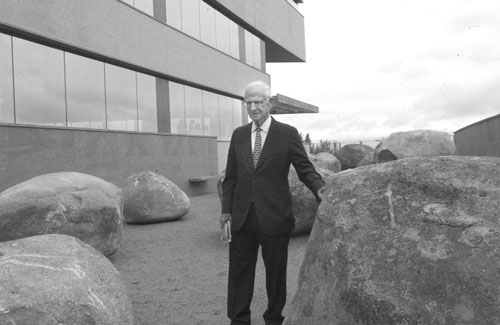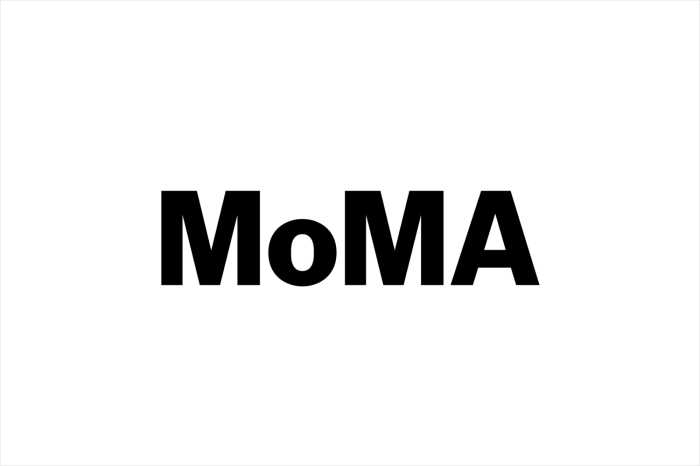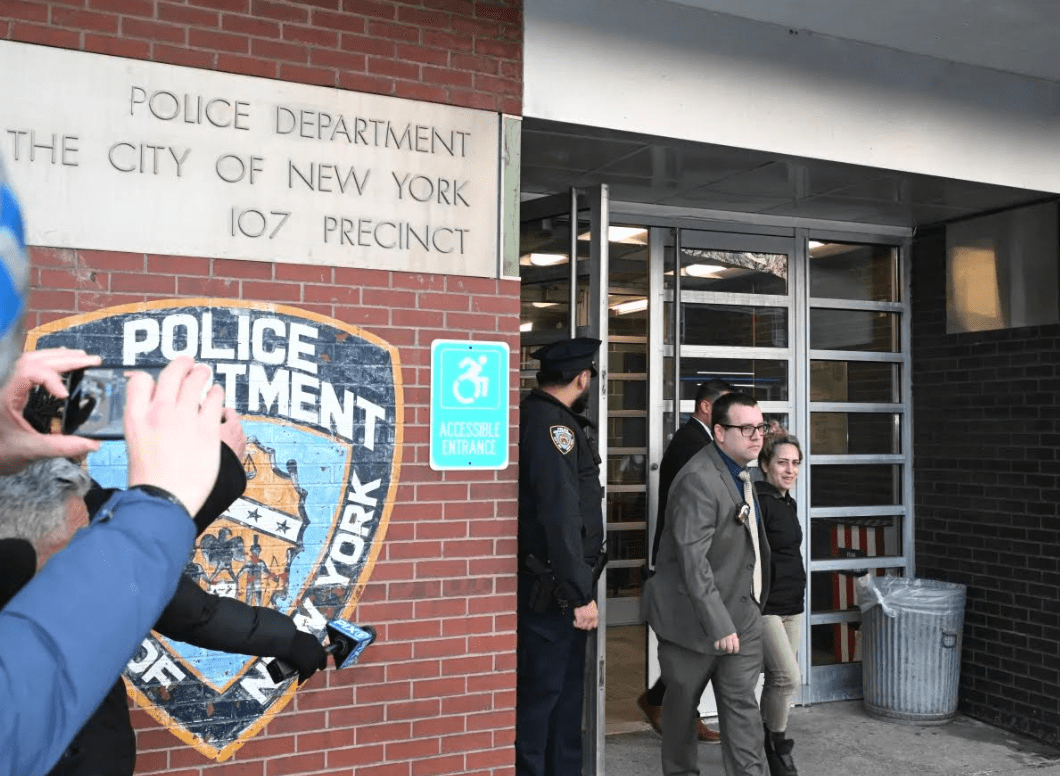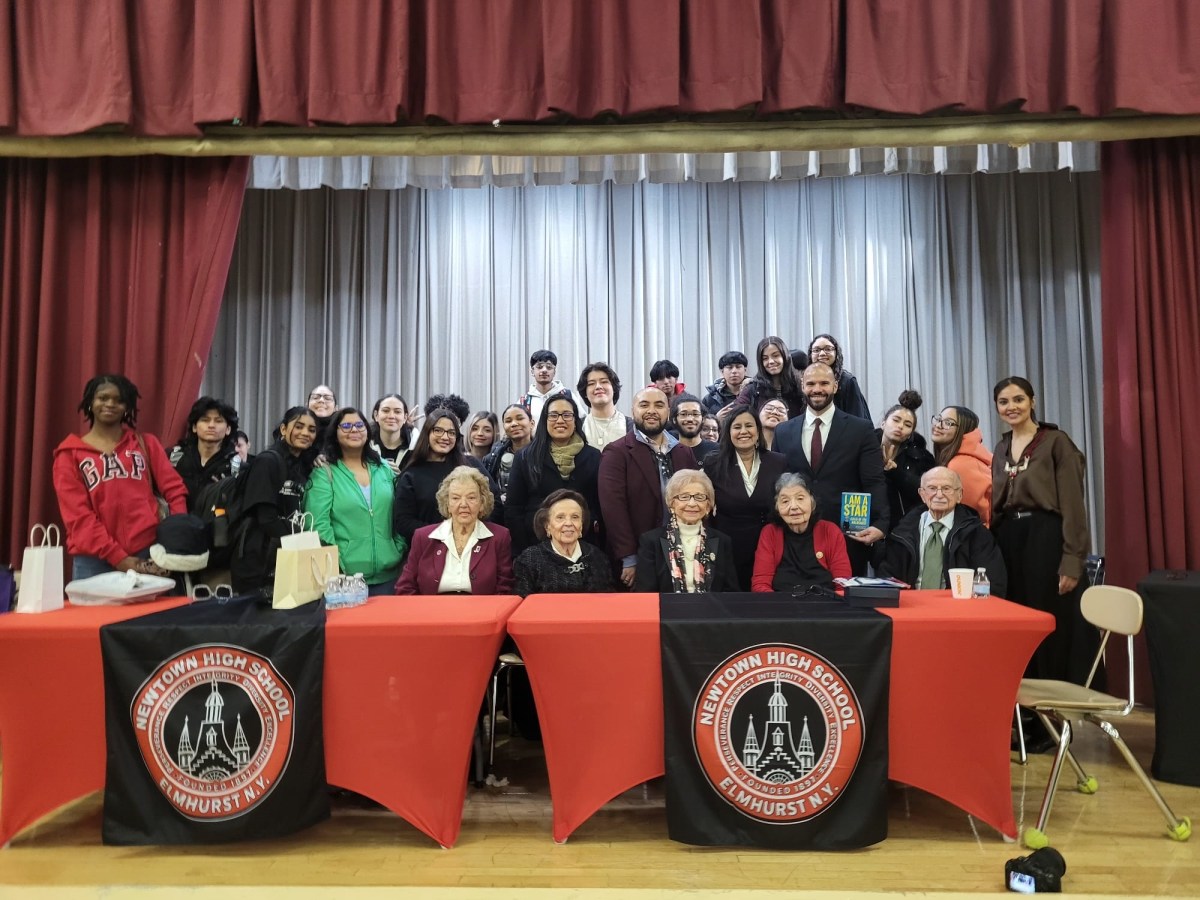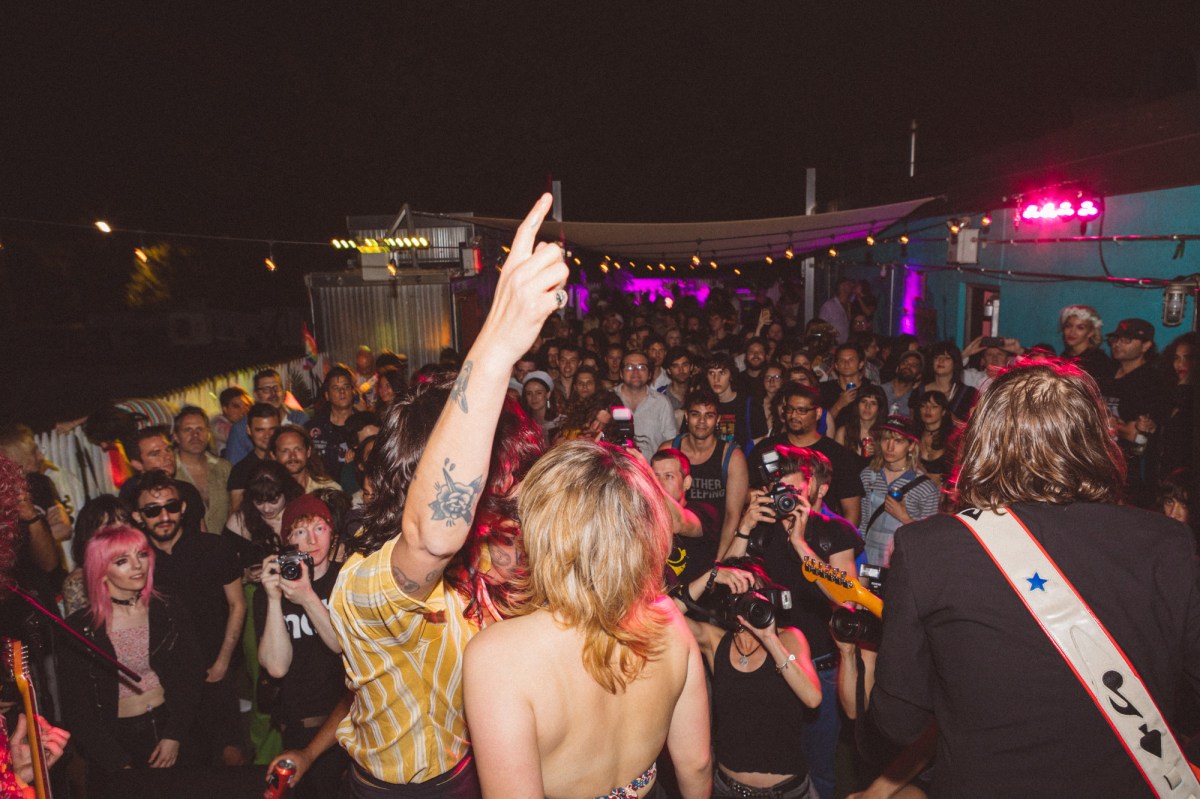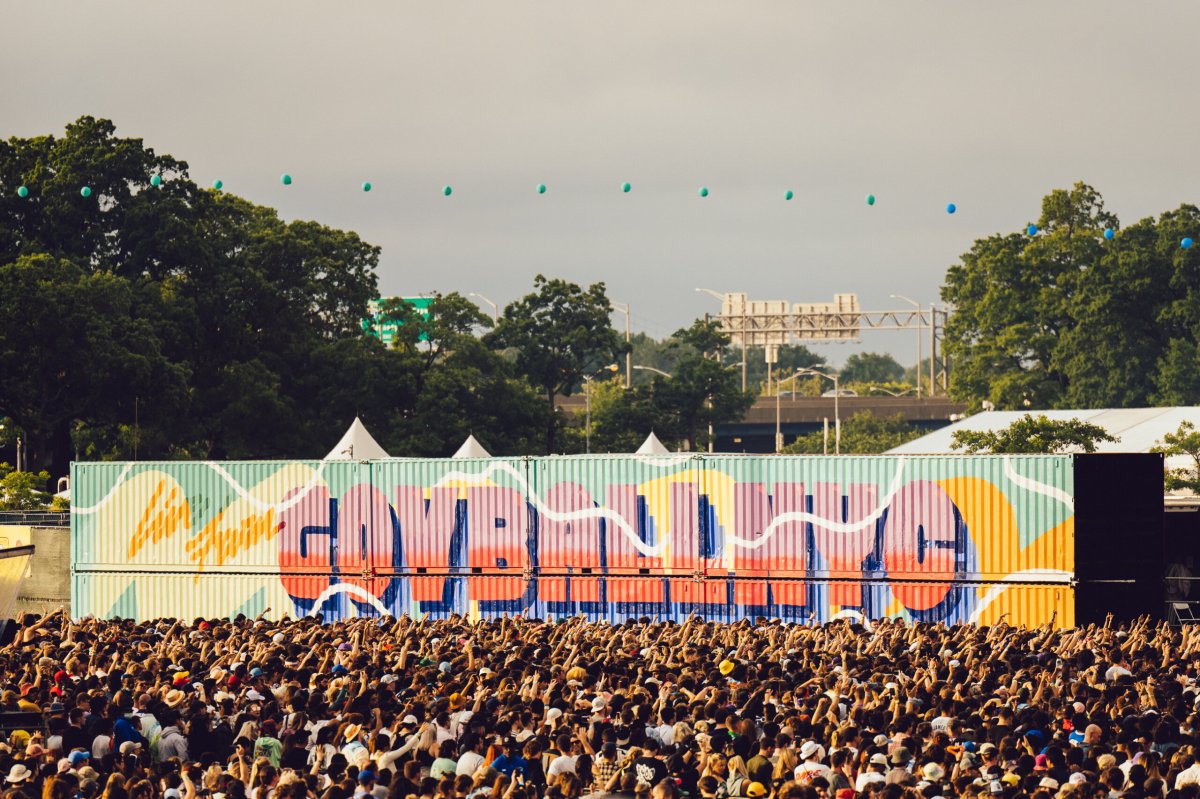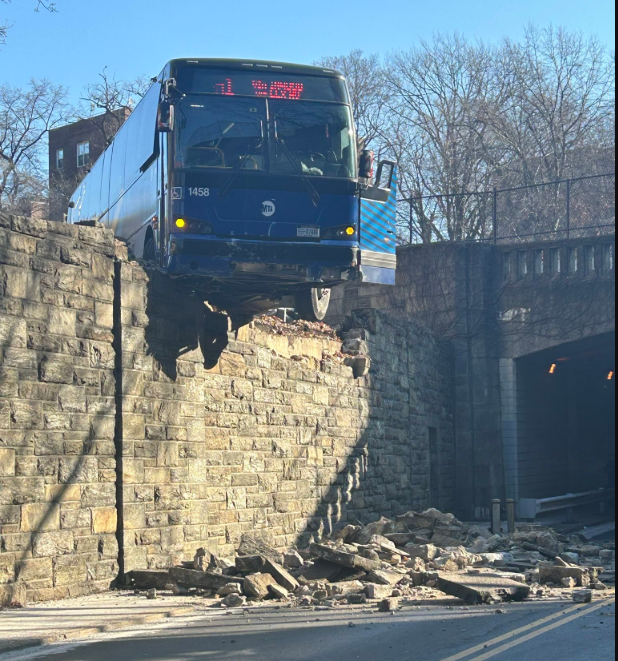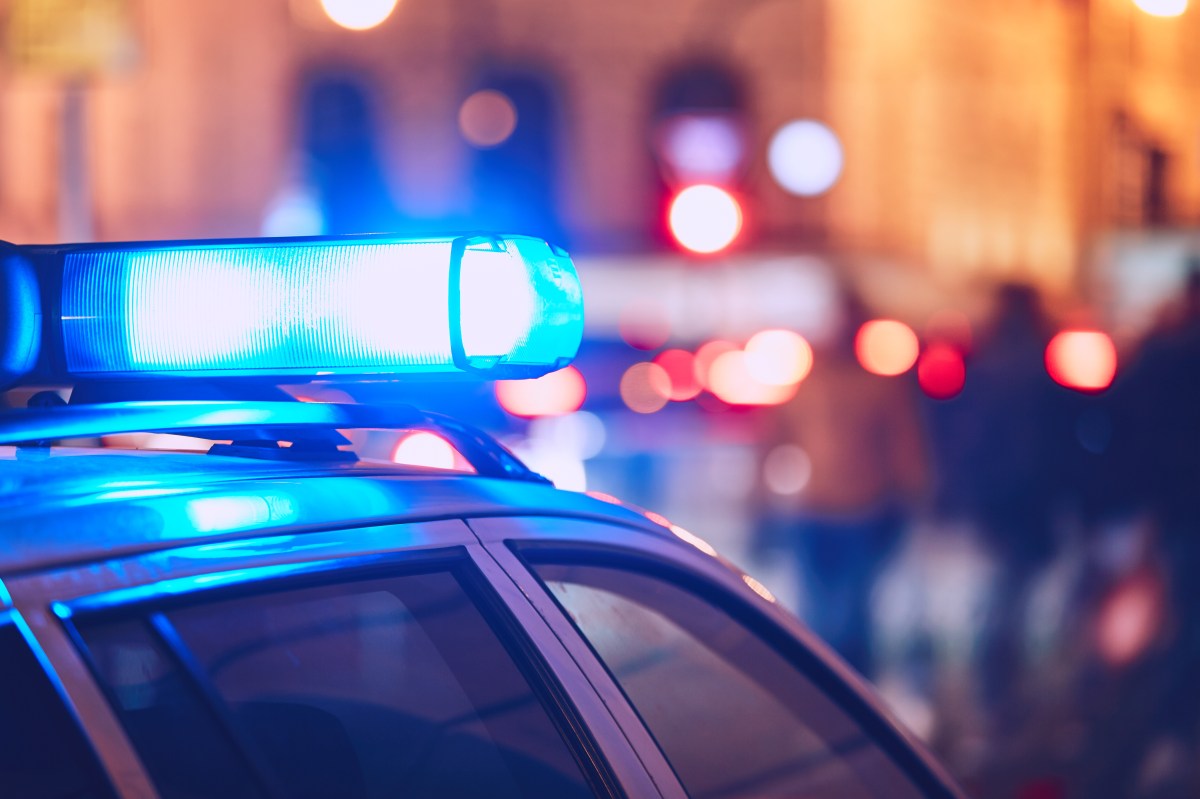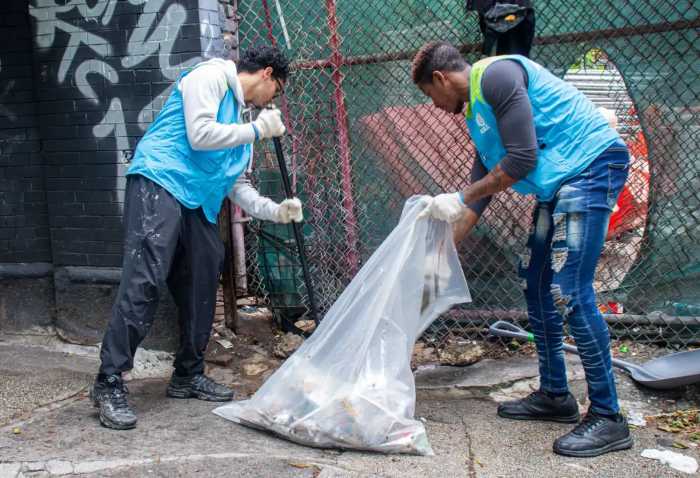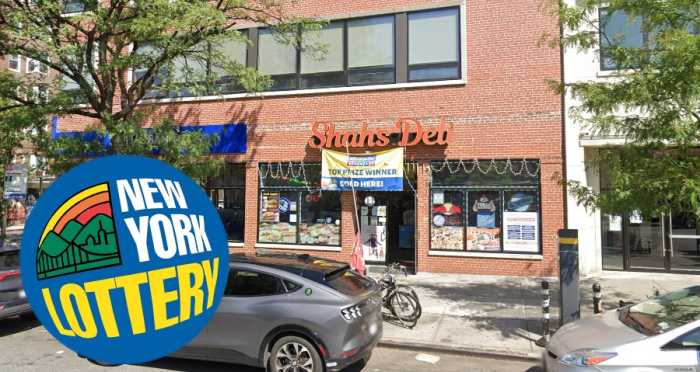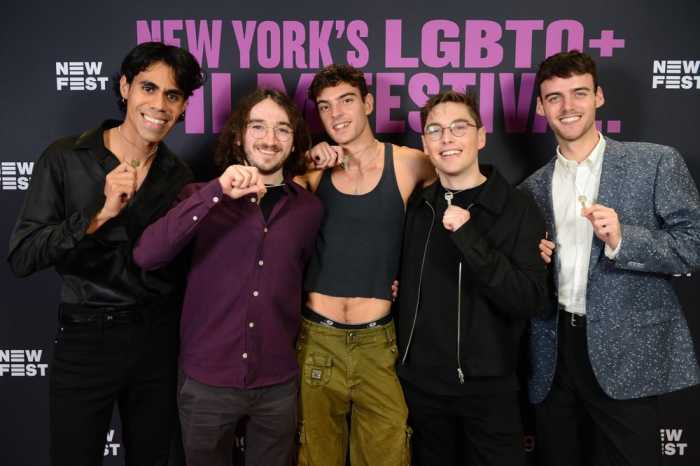By Jessica Mintz
That name is Robert M. Morgenthau, Manhattan’s longtime District Attorney and chairperson of the museum’s board of trustees. His involvement in the $60 million-project was as much the focus of the ribbon-cutting ceremony as the completion of the wing itself.
The museum’s 82,000-square-foot expansion is more than twice the size of the original 30,000-square-foot site which opened six years ago. The new wing has dramatic halls paved with gray granite and pinkish Jerusalem stone, gallery spaces, multi-media-equipped classrooms, an auditorium, a kosher cafe and a public memorial garden dedicated to the memory of those who died in the Holocaust.
The memorial garden is a commissioned living artwork called “Garden of Stones,” and was designed by English artist Andy Goldsworthy. The sandy outdoor pavilion contains 18 hollowed-out granite boulders, ranging from three to 13 tons; simple granite slabs benches put visitors knee-to-knee with the enormous stones. The garden opens to the public on Wednesday, when eight small dwarf oak saplings will be planted in the boulders.
Wednesday will also mark the inaugural talk at the Morgenthau Wing’s Edmond J. Safra Hall, the 375-seat auditorium named for a former museum trustee, with a 7:30 p.m. talk by Goldsworthy about the development of “Garden of Stones.” On Sept. 24, Dr. Ruth Westheimer, known best for her sexual advice, will speak about her emigration to Israel and her role as a fighter for the country’s independence.
Speakers at Monday’s dedication ceremony included Mayor Mike Bloomberg, former Mayor Ed Koch, the founding chairperson of the museum’s board, and New York State Attorney General Eliot Spitzer. In their remarks, they praised Morgenthau, but another theme emerged. Just four days after the second anniversary of Sept. 11, few were untouched by the tragedy; their remarks mingled references to the attacks with two ideas traditionally associated with memorializing the Holocaust, remembrance and rebuilding.
“Silence, for him, has never been an option,” said Spitzer. “Putting his name on this wing is the most forceful rebuttal imaginable to those who would counsel silence when faced with evil.”
Morgenthau, whose father, Henry Morgenthau Jr., was an outspoken advocate for American intervention at the dawn of the Holocaust while serving as Secretary of the Treasury under President Franklin D. Roosevelt, spoke briefly at the ceremony. He said watching the conceptual plans turn to concrete and steel was “a great point of comfort and great pride in the days and years after 9/11.”
Mayor Bloomberg talked about the impact of the Jewish diaspora on the development of the city. He proudly called the new wing a “striking new addition to the museum and to New York’s waterfront,” pointed out how fitting it was that the new wing took shape as the surrounding neighborhoods struggled to rebuild.
Rebuilding, added Rabbi Irving “Yitz” Greenberg, an overseer of the museum, is part of a covenant “to fill the world with life,” even in the face of tragedy.
After the Holocaust, said Greenberg, “instead of abandoning hope, we renewed the covenant” with the establishment of Israel. Building the museum in Lower Manhattan, said Greenberg, reaffirms that covenant and “strikes a blow for memory and life.”
Other speakers, including Edward Cardinal Egan, Archbishop of New York and Manhattan Borough President C. Virginia Fields, discussed the importance of remembering.
“This museum engages in important work to teach a whole new generation to stay on guard against hatred and bigotry,” said Fields.
A more pointed message emerged when Koch took the podium. In a near-yell that reverberated through the auditorium, Koch said, “America and Israel, Jews in Israel and around the world, are in danger. We have the same enemies. … Now that we are under attack again, it is our job to stand up and be counted.”
In this space at the southern tip of Battery Park City, it is the hope the museum’s attendance will improve. While still clearly depressed following Sept. 11, attendance numbers are getting stronger, according to Ivy Barsky, deputy director for programs at the museum. Still, she is hoping that with the opening of the Morgenthau wing’s first exhibition, “Ours to Fight For: American Jews in the Second World War,” on October 21, the numbers of visitors will increase – especially the number of Downtown residents dropping by for a bite at the new kosher cafe Abigail’s at the Museum, or for a contemplative moment in the public garden, both accessible without paying for museum admission.
“A lot of this building was designed with local residents in mind,” said Barsky.
“It’s a place where New Yorkers, neighbors, people from Downtown can come and be moved by the power of that space,” Marwell said after the ceremony. “We want it to be such a comfortable place.”
While most guests milled around on the ground floor following the ceremony, the man of honor ascended to the second floor and emerged out into the “Garden of Stones.” Morgenthau strolled among the boulders, some of which reached his chest, and surveyed the view: the granite’s gray hues reflected in the day’s sky and the Hudson River, the greens of nearby weeping willows and Lady Liberty.
Reader Services



